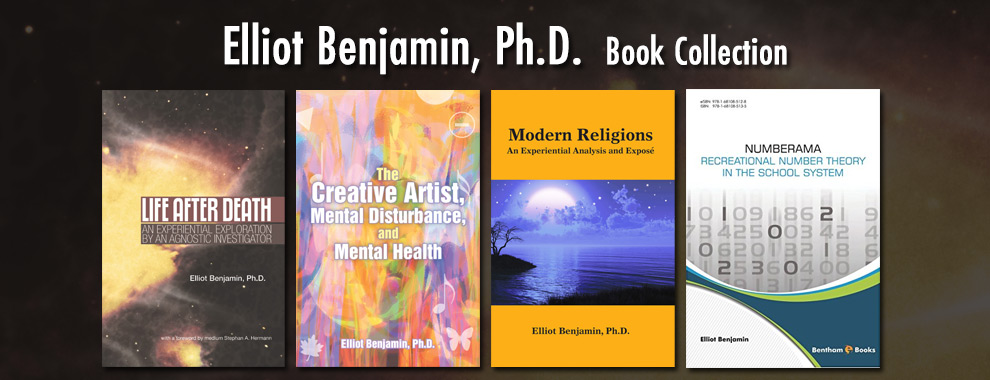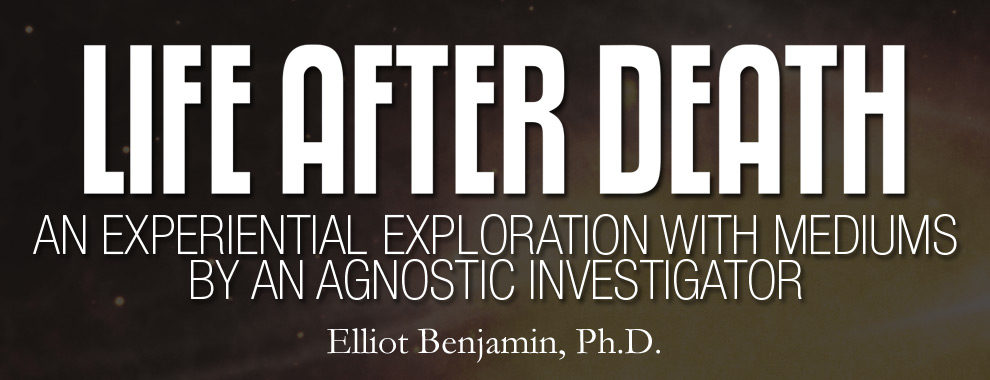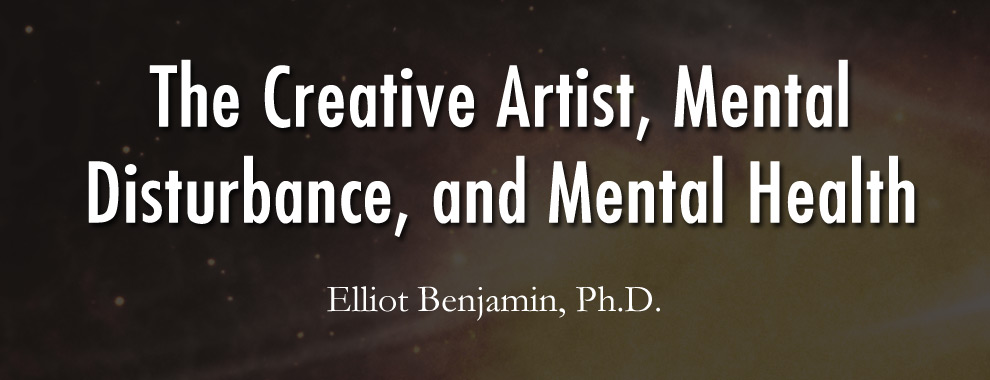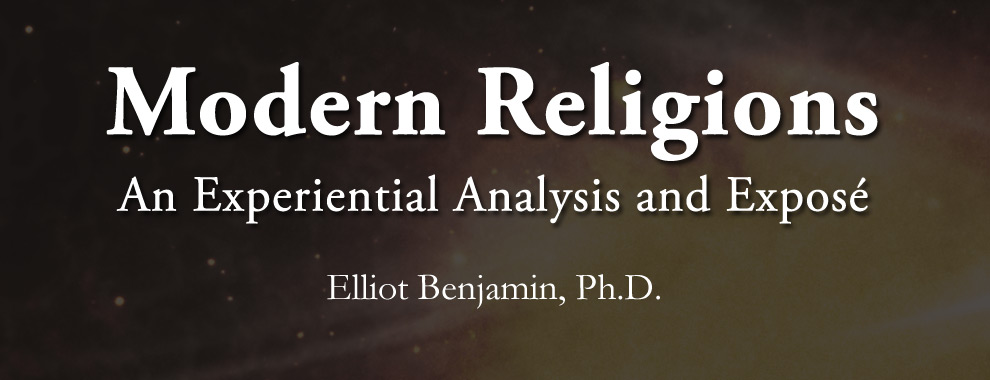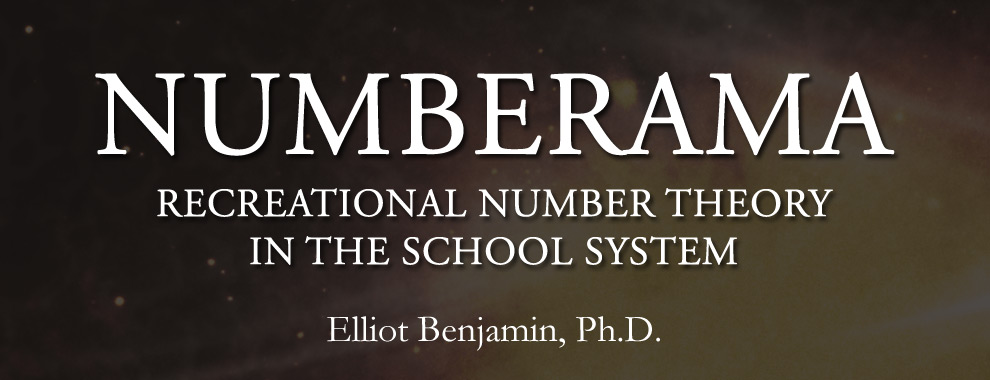NOTE: This article was published in the Journal of Public Mental Health in 2014,
Volume 13: Issue Number 3, pp. 142 – 145 http://www.emeraldinsight.com/doi/full/co.1108/JPMH-11-2013-0012
The Creative Artist Support Group: A Case Study
byElliot Benjamin, Ph.D. November, 2013
Introduction
For the past few years I have periodically facilitated monthly meetings of a creative artists support group in my small town Belfast, Maine community. The number of people attending my meetings has always been small, ranging between two and five people at any given meeting. My current creative artists support group has been going on for eight months, is being held at the Belfast Library free of charge, and has been regularly attended by two people, with others dropping by at most meetings.
I continuously wonder why I persistently offer my creative artists support group to my community. And what I come up with is that it is part and parcel of my own identity as a creative artist. For I am very much one of the participants in my group; I’m a participant facilitator. I facilitate my groups in the context of humanistic psychology co-founder Carl Rogers’ (1961) client-centered therapy approach, where the focus is on empathy, authenticity, and personal growth. Facilitating my creative artists support group reinforces what I have previously referred to as the Artistic Theory of Psychology, in which I have described the “successful creative artist” to be
A person who has received the respect and acknowledgement of his or work by a
community of his or her peers or society-at-large and also who is considered both
psychologically and ethically to be a “well adjusted” member of his or her society
and the greater world. (Benjamin, 2008, p. 64)
Using this two-fold definition of a successful creative artist, along with humanistic
2)
psychology co-founder Abraham Maslow’s (1962) ideas about self-actualization as the creative fulfillment of a human being’s deepest life aspirations, I formulated the following three main components of the Artistic Theory of Psychology:
- The successful creative artist resonates with the highest levels of Maslow’s
hierarchy of human potential.
- There are some people labeled as mentally ill who have the potential of becoming successful creative artists.
- A sensitive, understanding, and supportive educational environment may be conducive to enabling a mentally disturbed person with creative artistic potential to significantly develop and actualize this potential in life. (Benjamin, 2008, p. 66)
In my book The Creative Artist, Mental Disturbance, and Mental Health (Benjamin, 2013), I described myself as a creative artist in the context of being an experiential philosopher, and I described my son as a creative artist in the context of his being an actor and a writer. I also discussed the work of various philosophers, psychologists, and creative artists who have written about the relationship of the creative artist to mental disturbance and mental health, inclusive of Julia Cameron (1992), Ruth Richards (Runco & Richards, 1997), Kay Jamison (1993), and Frank Barron (1969). However, although I frequently mention that my philosophy of the creative artist, mental disturbance, and mental health has been reinforced by all that I have learned through facilitating my creative artist support groups, I have not given much concrete illustration of what actually
takes place in my groups. In what follows I will give a case study account of the
3)
experiences of three participants in my current creative artists support group, using fictional names to preserve my participants’ anonymity.
Eleanor
Eleanor is a woman who appears to be in her mid-fifties and who published a novel and a few poems about twenty years ago. She has been a dedicated member of my group, having attended every meeting since the second time our group has met, and she always e-mails me to tell me she is planning on attending the next group in response to the e-mail notices I send out. But I wonder what it is that motivates Eleanor to be so responsible and diligent about keeping our group going. She says that she values hearing about the experiences of other creative artists and having the opportunity to talk about her own challenges in becoming a successful writer. Eleanor is putting the finishing touches on her novel, which she read excerpts from at one of our meetings. She has sent out inquires to a half-dozen agents, most of whom have ignored her and one of whom has rejected her. Eleanor is very discouraged about the whole marketing end of becoming a successful writer, which for her means getting her novel published by a respectful publishing company, and she has absolutely no interest in doing her own marketing or in self-publishing.
But Eleanor continues to be an active and dedicated participant in our creative artists support group, as she always enthusiastically enjoys hearing about and responding to what other people in the group, including myself, share about our experiences in the creative artist realm. To answer my own question about what motivates Eleanor to be as
4)
committed to keeping our creative artists support group going as she is, I would say that
our group enables Eleanor to keep her creative artist “spark.” It enables her to keep her dreams alive, to “percolate” inside of her while her more pragmatic day-to-day life
continues on. And I believe that this is a significant part of Eleanor’s feeling of well-being and satisfaction with life.
Linda
Linda is the other participant in my group who has consistently attended most of our meetings, as she has been there for six of the past seven sessions. Linda is a woman in her early eighties, and she has been immersed in various crafts, painting, and photography creative art projects throughout her life. She frequently brings in exhibits of her work to show the group, and she loves to talk about herself, her life, her musician son who is in his early sixties, and to hear about what is going on for everyone else in the group, including myself. Linda still works on her various creative art projects from time to time, and a few months ago she actually showed some of her exhibits at a display table at the Belfast local movie theatre.
Linda is amazingly spunky for a woman in her early eighties, and she very much enjoys the social interaction that our creative artist group enables her to have. For Linda, it appears that the group enables her to retain a sense of “youthfulness” as she ages, and her friendly inquisitiveness is a delight for all the other members of the group. However, unlike Eleanor and myself, Linda at her age is not particularly interested in becoming
“known” as a creative artist, but rather she is very content to have our group serve as an
5)
opportunity for her to mingle and associate with other creative artists.
Mikayla
Mikayla is a woman who appears to be in her mid-forties and who has cerebral palsy. Mikayla attended the first meeting of our group, and has dropped in on two additional meetings since then. At our first meeting, Mikayla tenuously shared how she virtually never was creative but that she always “knew” that music and poetry were deep inside of her, and that now with her deteriorating illness she was determined to actualize this potential before she becomes completely incapacitated, in whatever time she has left in life. Mikayla’s impactful story and very personal disclosure was quite moving to me and to the others in the group, but I did not expect her to come back to the group, given her personal circumstances and the fact that she had just wandered in from the street.
However, when she did return to the group a few months later, Mikayla was “transformed.” She was full of life with a sparkle in her eyes and an energy and excitement that I would not have believed if I had not seen it for myself. Mikayla described how she sang at a friend’s wedding, read her poetry at an open mic evening, and submitted her poetry to a poetry contest. This metamorphosis in Mikayla continued to shine during the third group meeting she attended, and it was amazing and inspiring to myself and the other members of our group. It appears that her brief participation in our creative artists support group perhaps served as some kind of catalyst for Mikayla to
“self-actualize” herself in an incredible “against all odds” demonstration of human will to overcome adversity.
6)
Conclusion
From the above brief description of the experiences of three participants in my
creative artists support group, I believe we can get a glimpse of the variety of beneficial therapeutic potential a creative artists support group can have for artistically inclined people of various ages and backgrounds. But just what is it that keeps people “doing their art” throughout their lives in spite of severe life challenges such as in the case of Mikayla, through old age such as in the case of Linda, and in spite of discouragement and rejection such as in the case of Eleanor? I think a good answer to this question was given by a man who dropped in on my most recent creative artists support group meeting, who is in his early sixties and who has been immersed in creative photography his whole life, working at odd jobs to support his “hobby.” When I asked this man why it was always so important to him to practice his art, he replied “It’s like breathing for me. I just could not picture doing anything else.” And I think this summarizes the feelings and perspectives of many creative artists, including myself, and is a good reason why I continue to offer a creative artists support group to my small town Belfast, Maine community.
References
Barron, F. (1969), Creative Person and Creative Process, Holt, New York, NY.
Benjamin, E. (2008), Art and Mental Disturbance. Journal of Humanistic Psychology, 48(1), 61-88.
Benjamin, E. (2013), The Creative Artist, Mental Disturbance, and Mental Health. Natural Dimension Publications, Swanville, ME (available from www.lulu.com).
7)
Cameron, J. (1992), The Artist’s Way: A Spiritual Path to Higher Creativity, Tarcher, New York, NY.
Jamison, K. R. (1993).,Touched with Fire: Manic-Depressive Illness and the Artistic
Temperament, Free Press, New York, NY.
Maslow, A. (1962), Toward a Psychology of Being, Van Nostrand, Princeton, NJ.
Rogers, C. (1961), On Becoming a Person, Houghton Mifflin, Boston, MA.
Runco, M. A. & Richards, R. (Eds.), (1997), Eminent Creativity, Everyday Creativity,
and Health, Ablex, London, UK.
Recent Posts
- Is Shambhala A Cult? Part 1: An Integrative Experiential Perspective
- Is Shambhala A Cult? Part 1: An Integrative Experiential Analysis
- Humanistic Antidotes to Social Media/Cell Phone Addiction in the College Classroom
- Creative Artists Support Group meeting
- Review of “Modern Religions: An Experiential Analysis and Expose’ ” by Nori Muster
Recent Comments
- can i buy cialis over the counter at walgreens on Home
- clindamicina gel acné on Creative Artists Support Group meeting
- clindamicina 300 para que sirve on Is Shambhala A Cult? Part 1: An Integrative Experiential Perspective
- dalatina clindamicina in english on On the 2-Class Field Tower Conjecture for Imaginary Quadratic Number Fields with 2-Class group of Rank 4
- These products work by temporarily numbing the penis, which can help delay ejaculation.? on On Ken Wilber’s Integral Institute: An Experiential Exploration and Analysis
Archives
Categories
- Articles
- Blog
- Book Reviews
- Humanistic Psychology
- Life After Death Explorations
- Mathematics/Algebraic Number Theory
- Media
- Parapsychology
- Personal Philosophy
- Social Media Technology Addiction
- Spiritual Organizations And Cult Dangers
- Spiritual Philosophy
- The Creative Artist, Mental Disturbance, And Mental Health
